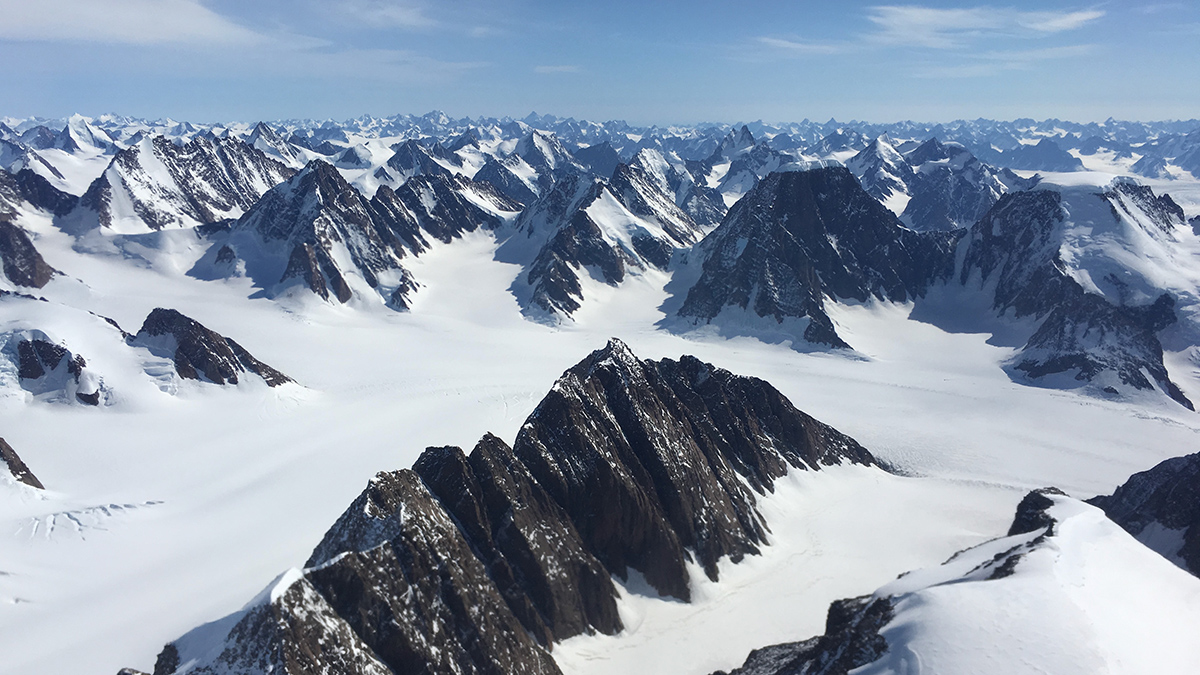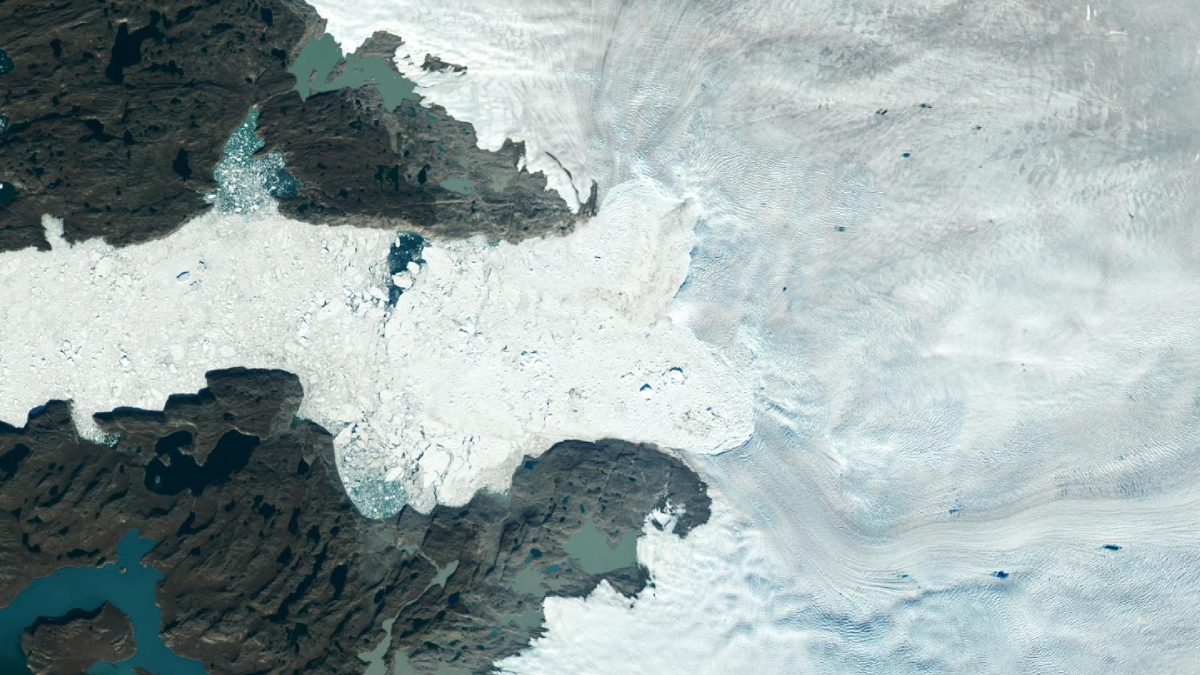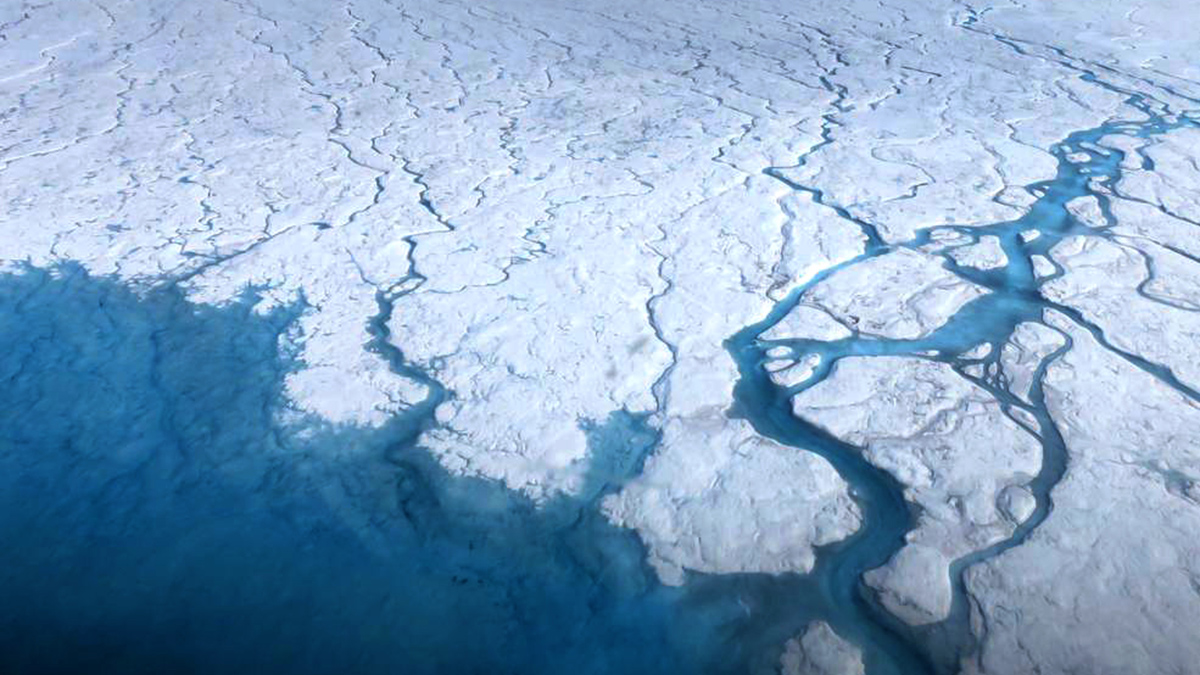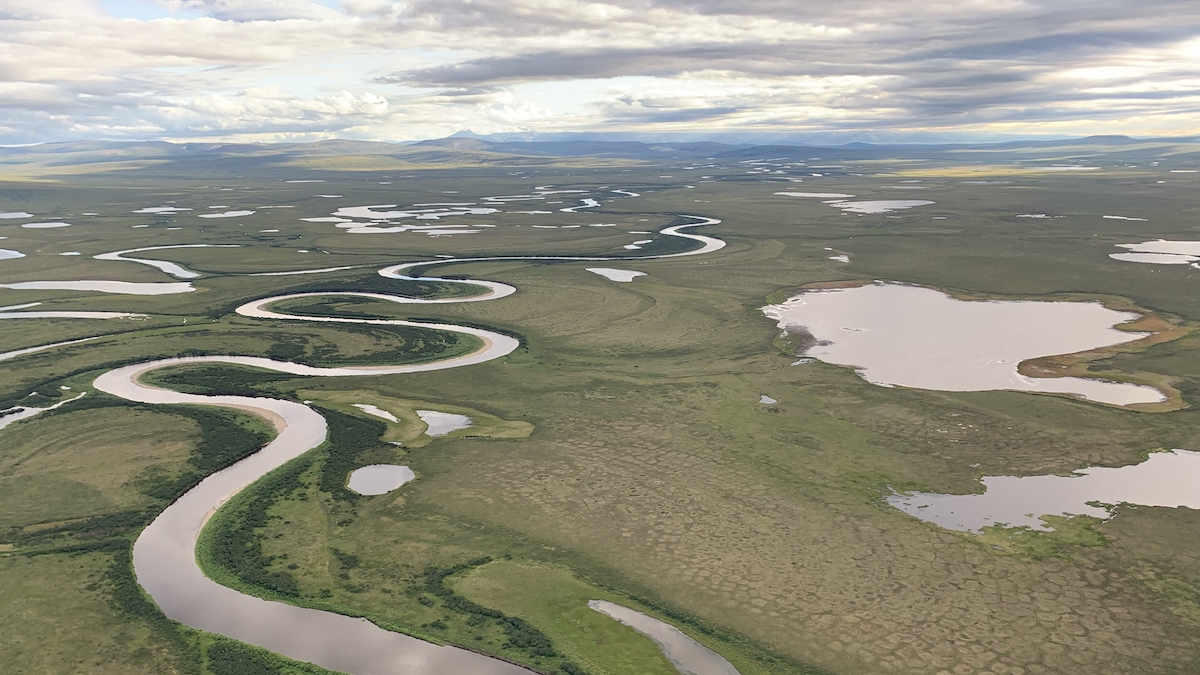Advances in remote sensing offered an opportunity to redraw Greenland’s geologic map for the first time in 15 years.
Greenland
Monitoring Polar Ice Change in the Twilight Zone
Landsat’s new extended data collection program is mapping Arctic and Antarctic regions year-round, even in polar twilight.
How Did We Miss 20% of Greenland’s Ice Loss?
The ice loss was hidden in places existing monitoring methods can’t reach, such as hard-to-map fjords. Machine learning helped scientist revise mass loss estimates and uncover patterns in glacial retreat.
Glaciers Rise and Fall—and Melt—with Tides
The effect of ocean water creeping beneath Greenland ice is stronger than scientists realized.
Giant landslides in the Vaigat strait in Greenland
The Landslide Blog is written by Dave Petley, who is widely recognized as a world leader in the study and management of landslides. A fascinating and important open access paper has just been published in the journal Geology (Svennevig et al. 2023) that seeks to understand the generation of tsunami waves in high latitude fjord […]
The Winds of Change: Foehn Drive Intense Melt
Atmospheric rivers on the northwestern Greenland Ice Sheet are driving dry winds across northeastern Greenland, forcing extreme short-term melt.
Another Record-Breaking Year in the Arctic Amplifies Calls for More Data
A downward spiral of the Arctic’s ecological health and climatic conditions continued in 2023, causing problems for people, plants, and animals, according to a new NOAA report.
El estallido de burbujas acelera el deshielo de los glaciares
Tener en cuenta el efecto burbuja podría mejorar las estimaciones sobre el deshielo de los glaciares submarinos y prever mejor su contracción a medida que se calientan los océanos.
Popping Bubbles Make Glaciers Melt Faster
Accounting for the newfound bubble effect could improve estimates of how sea-terminating glaciers melt underwater—and better anticipate their shrinkage as oceans warm.
Melting Glaciers as a Source of Lead in Coastal Waters
New experiments show how lead circulates through glaciers, meltwater, and sediments in polar environments.









